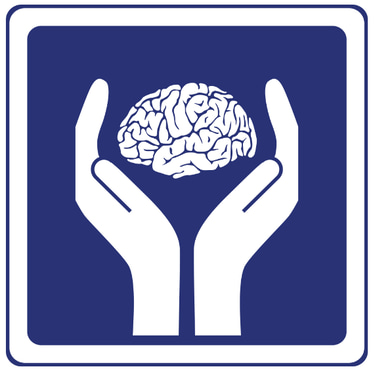Get much needed help ...
Relearning Hand Movement After Stroke: The Real Guide Nobody Gives You
Regaining hand function after a stroke isn’t just about strength — it’s about rewiring the brain. Most survivors hear a lot of generic advice (“Do hand exercises!”), but very few are told how the brain actually relearns movement and why the right kind of practice matters more than anything else. This guide walks you through the science and the real-world experience of survivors — blended into simple stages so you know what to do, when to do it, and why it matters.
11/23/20252 min read


🧠 Why Hand Recovery Takes Time: The Neuroplasticity Rule
After stroke, the brain’s motor network becomes disrupted. The hand, being one of the most complex motor areas, often takes the longest to return.
The truth?
You’re not rebuilding muscle — you’re rebuilding motor circuits.
And that happens through neuroplasticity: the brain reorganizing itself based on repeated, meaningful activity.
Think of recovery like building a new road after an earthquake:
At first, it’s slow and messy.
Then the path becomes clearer.
Then suddenly, the road opens — and movement comes faster.
This is why early progress feels slow… and why later progress suddenly accelerates.
🟦 Stage 1: Early Stage — “Reconnect the Brain to the Hand”
(Days to weeks after stroke or during early rehab)
At this point, the brain is trying to find the hand again. Signals are weak, inconsistent, or delayed.
What actually helps:
Mental imagery / motor visualization
(Imagine opening and closing your hand — this primes the motor cortex.)Assisted movements
Let your other hand help move the wrist or fingers.Tapping and stimulation
Light tapping on each finger wakes up sensory pathways.E-stim (if advised)
Helps amplify weak electrical signals temporarily.
What this stage is NOT about:
Force
Strength
Heavy resistance
Perfect movement
What you’re aiming for:
Tiny flickers.
A twitch.
A slight lift.
That tiny signal is neuroplasticity switching back on.
🟩 Stage 2: Mid Stage — “Build Consistency and Coordination”
(Weeks to months post-stroke)
The brain has re-established some pathways — now you’re strengthening them and making movement more controlled and reliable.
What works at this stage:
Repetitive, purposeful movements
Wrist extension
Finger tapping
Finger-thumb opposition
Pinch practiceObject-based drills
Pick up coins, clothespins, marbles, cotton balls.Tabletop tasks
Sliding objects
Stacking
Sorting
Golden Rule:
Small movements done consistently beat big movements done rarely.
This is where survivors often start to see:
smoother movements
less stiffness
improved reaction time
small functional wins (opening a bottle, tying hair)
🟧 Stage 3: Late Stage — “Functional Reintegration”
(Months to years — yes, this stage can continue for years with progress)
By now, the hand can move — the goal is to make movements useful in daily life.
This is the stage where task-specific training becomes the engine of progress.
What accelerates recovery:
Daily living tasks
Holding a toothbrush
Buttoning
Cutting food
Using a phone
Carrying a cup with waterWeighted tasks (light weight only)
Carry a small bottle
Pick up light groceries
Functional grip trainingFine motor work
Writing
Typing
Painting
Craft work
Why this stage is special:
Every real-life task fires large motor networks simultaneously — the highest neural activation we can achieve.
And yes — even 2–3 years post-stroke, progress still happens here.
Brain plasticity doesn't expire.
💛 The Most Important Truth
Recovery isn’t linear.
It accelerates when:
you practice the right kind of movement
your brain is challenged
your tasks have purpose
you stay consistent (even 10–15 mins a day counts)
Hand recovery is slow — then suddenly fast.
Hard — then rewarding.
Uncertain — then hopeful.
But it happens.
Every day your brain is learning, reorganizing, adapting.
And so are you.
